In the 1950s, northern women in their wrapover pinnies, headscarves or hairnets were on their knees at home more often than in church.
Laying fires, black leading grates, and scrubbing floors were only a few of the many domestic rituals performed on hands and knees – but there was a revolution on its way.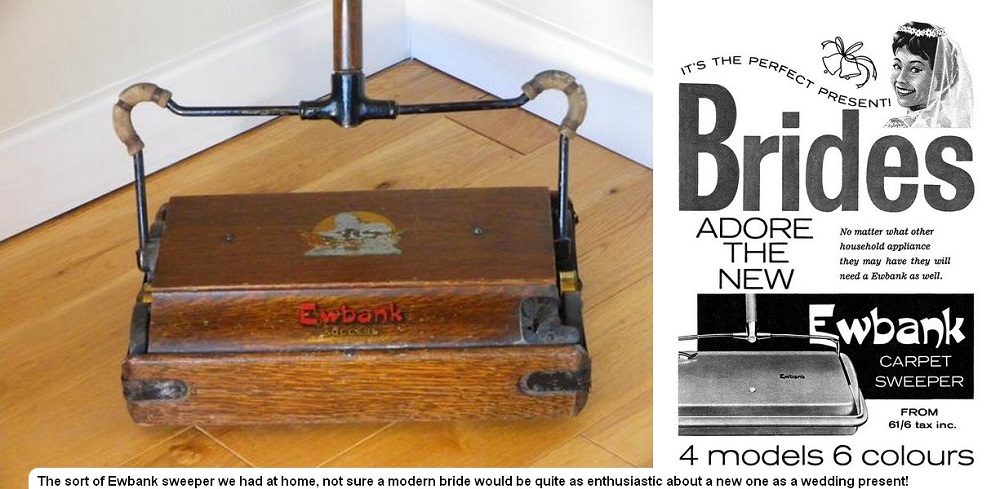 What we have learned to call ‘white goods’, were slowly insinuating themselves into working class homes, though they were almost never white in those days.
What we have learned to call ‘white goods’, were slowly insinuating themselves into working class homes, though they were almost never white in those days.
It would be some time yet before wash boilers or ‘Dolly tubs’ were entirely replaced by electric washing machines. And, for every meal cooked on one of the new enamel gas stoves, there were plenty still produced in ovens needing a weekly black leading.
‘Stoning’ steps was done for pride, and in areas like ours, it was a measure of a housewife’s respectability. Donkey stones could be had from the rag and bone man in exchange for old clothing. Balloons and windmills on sticks were also on offer – guess what I had to ask for?
I was sometimes allowed to brown stone the back step. Cream stone was reserved for the front which nana always did herself. Getting the bedding and towels for a large family washed and dried, especially in winter, was worth every penny of the small sum charged for a wash-house ‘ticket’. Dilapidated prams had a second incarnation once their life as baby carriages was over, and it was a common sight to see a woman pushing one to the wash-house with the week’s laundry nestling under the hood.
Getting the bedding and towels for a large family washed and dried, especially in winter, was worth every penny of the small sum charged for a wash-house ‘ticket’. Dilapidated prams had a second incarnation once their life as baby carriages was over, and it was a common sight to see a woman pushing one to the wash-house with the week’s laundry nestling under the hood.
At our house, ‘body linens’ were done at home. I used to enjoy scrubbing my granddad’s loose collars with a nail brush and yellow soap, while his shirts were getting a hot wash in the (gas) boiler. Less robust items went into the dolly tub for a possing. Whites were dolly-blued and sometimes starched, while curtains, dingy from much laundering, got a freshening up in ‘dolly cream’.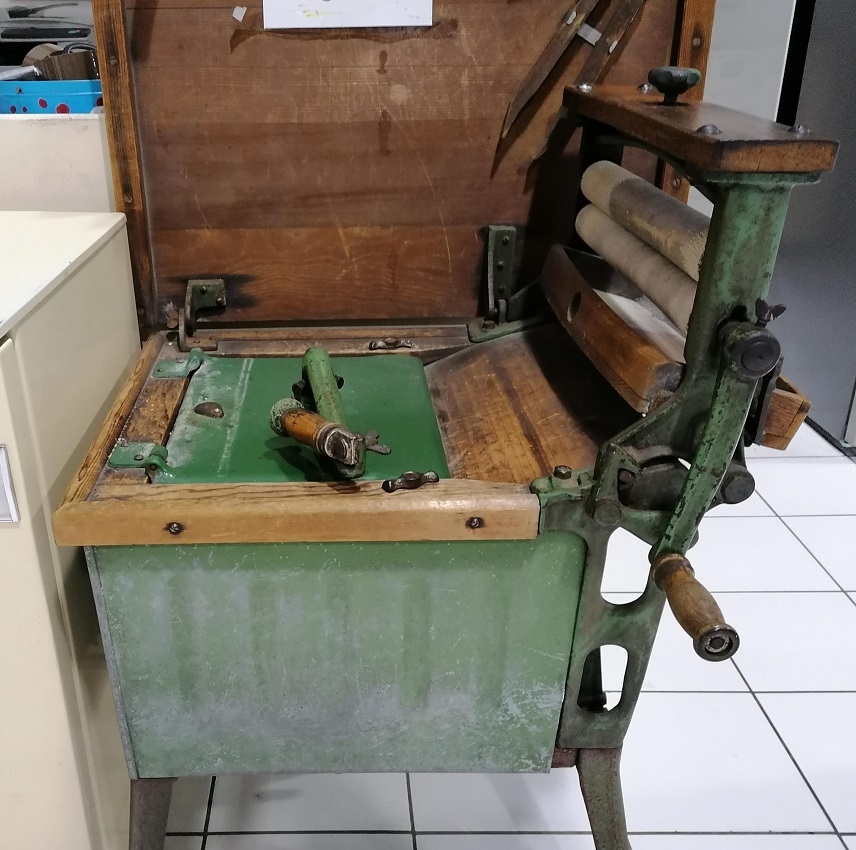 Vintage ‘washing machine and mangle (photo compliments of Direct Discounts, Oldham, purveyors of present day appliances).
Vintage ‘washing machine and mangle (photo compliments of Direct Discounts, Oldham, purveyors of present day appliances).
Our own nod toward modernity came when the large mangle was replaced by a wringer. It had rubber rollers that folded away under an enamel top that made a useful work surface.
On washing day, a ‘maiden’ (clothes drier) stood open around the oven and above there was a rack, suspended from the ceiling, raised and lowered on a pulley and used for airing.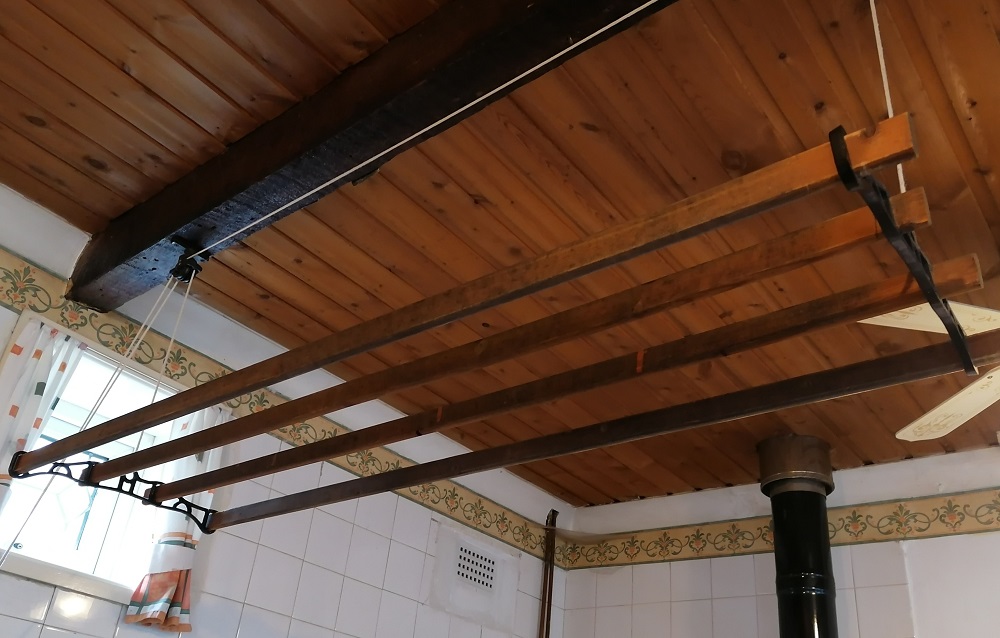 Airing rack still in use today (photo compliments of the editor’s mother-in-law)
Airing rack still in use today (photo compliments of the editor’s mother-in-law)
Due to her mistrust of electricity, nana’s ironing was done with a flat iron on an old blanket spread across the kitchen table.
City planners were rightly proud of the council houses that replaced the 200-year-old slum terraces of Ancoats and Collyhurst. The new houses had hot water, inside toilets and bathrooms, and the mixed blessing of indoor coal storage. Coal ’oles were handily situated next to kitchens and living rooms. Many a housewife’s heart must have broken as she saw the black dust settling on her newly cleaned surfaces with every sack of ‘nutty slack’ the coalman tipped.
Fires, grates and fenders got daily attention, but there was always the fear of incurring a fine for setting the chimney ablaze. There was a patent product called the ‘Imp’ which was put onto the fire to somehow dislodge or disperse the soot from the chimney.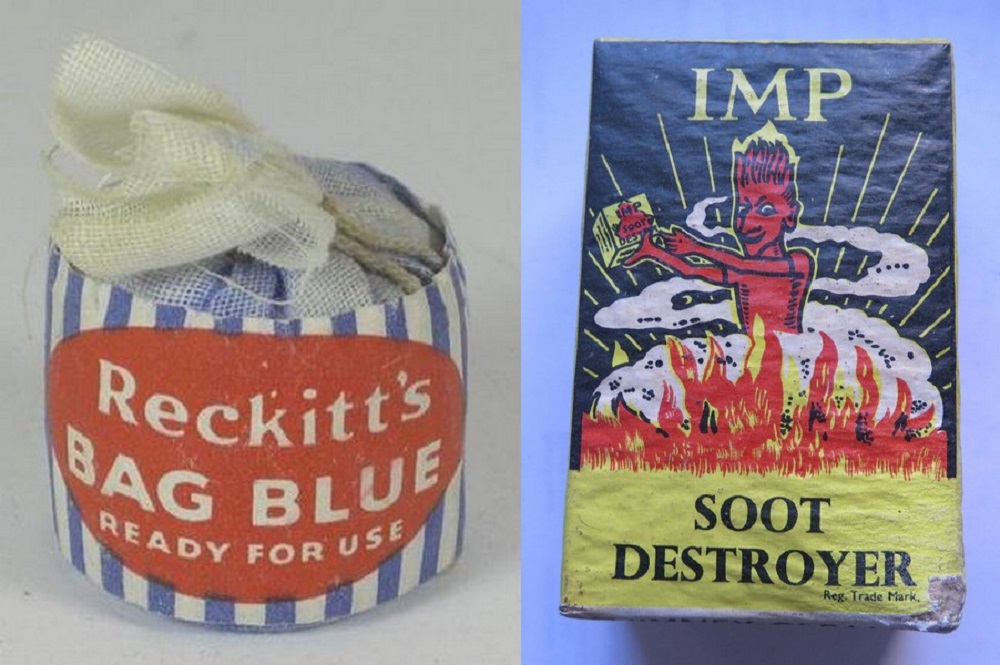 The flues on the back-to-back oven also required regular attention. First, kitchen shelves and surfaces were cleared and rugs taken outside. Then a housewife would kneel on the floor with a complicated array of long handled fire irons spread out on newspaper. Ash, fine enough to fly up at the least breath, was raked out first, followed by oily and rather sinister looking soot. Both were consigned to the dustbin before the kitchen was put to rights again.
The flues on the back-to-back oven also required regular attention. First, kitchen shelves and surfaces were cleared and rugs taken outside. Then a housewife would kneel on the floor with a complicated array of long handled fire irons spread out on newspaper. Ash, fine enough to fly up at the least breath, was raked out first, followed by oily and rather sinister looking soot. Both were consigned to the dustbin before the kitchen was put to rights again.
Floors and surfaces were scrubbed and the clean shelves lined with new oil-cloth (sometimes called American cloth) – ours had a scalloped edge cut along the front to make it look nice. Clothes were returned to the rack, pots and pans went back on shelves, and, following a good beating, and mats were put down on the floor again.
That kneeling band of indomitable women, and the language of their labours, has long since been consigned to history. How many people today have heard of dolly blue, donkey stones, Zebo black lead, Duraglit, Cardinal Red, the humble posser or a Ewbank carpet sweeper?
Acknowledgements: Direct Discounts, Oldham
 Intriguing title and no idea what to expect. I’m ever ready for a surprise at NWTAC so, assuming it’s a new one on you too, I’ll set the scene.
Intriguing title and no idea what to expect. I’m ever ready for a surprise at NWTAC so, assuming it’s a new one on you too, I’ll set the scene.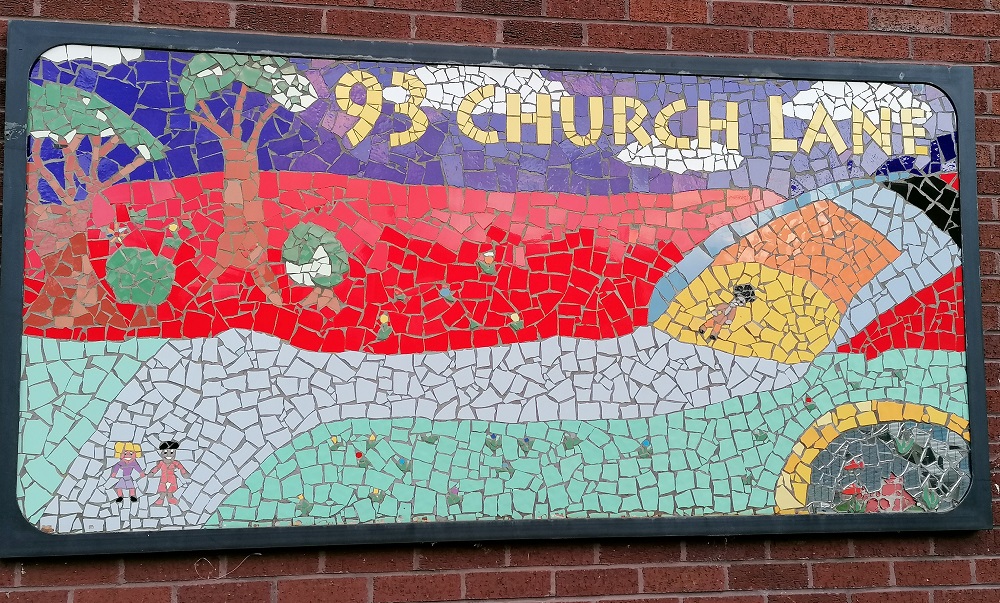 I’ve already picked up some leaflets in the corridor from the ‘We Love MCR Charity’ before spotting a familiar face in the art room/gym where the main event is set up. It’s Stephen Evans from Writing Well.
I’ve already picked up some leaflets in the corridor from the ‘We Love MCR Charity’ before spotting a familiar face in the art room/gym where the main event is set up. It’s Stephen Evans from Writing Well.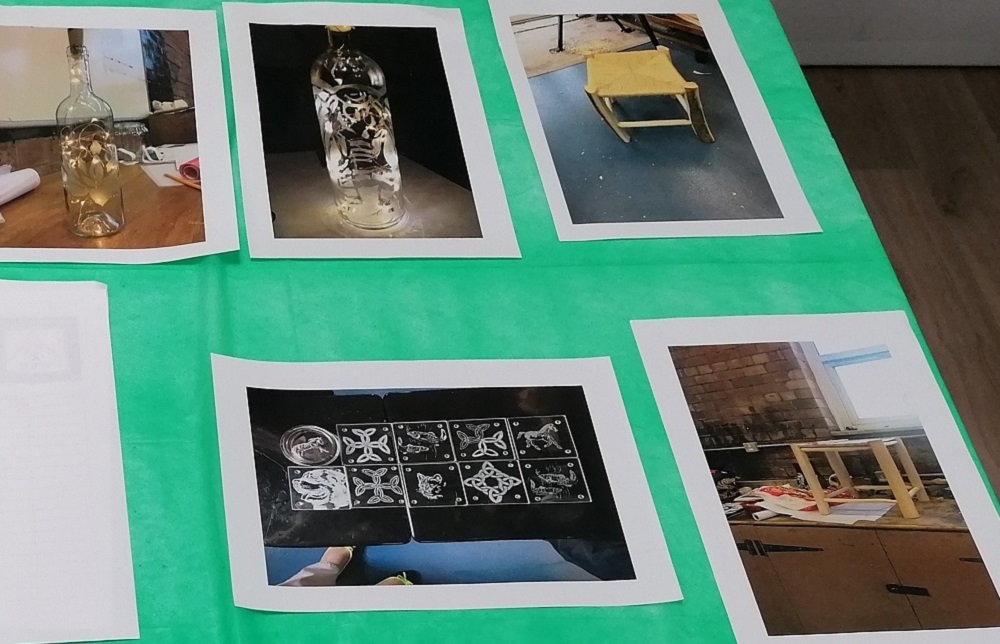 Donna explained, “Some are from a green woodworking course, others are from a glass etching session. We have a qualified tutor and they make some lovely things.”
Donna explained, “Some are from a green woodworking course, others are from a glass etching session. We have a qualified tutor and they make some lovely things.” That’s Stephen, far right, and Veronica in the middle.
That’s Stephen, far right, and Veronica in the middle.